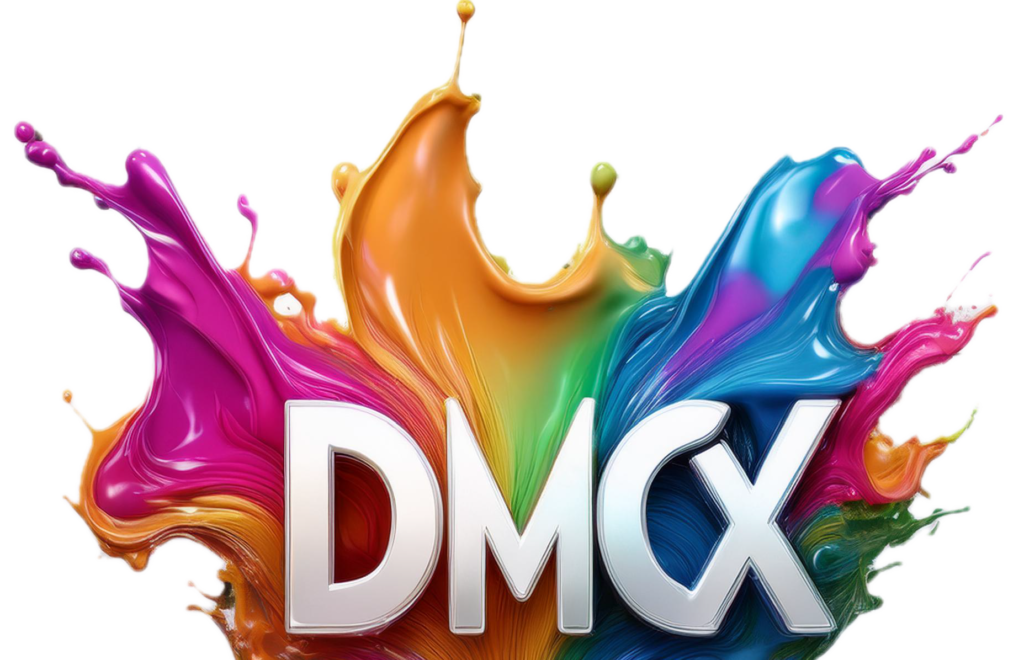The lights dimmed, casting an ethereal glow over the crowd. Excitement crackled in the air, anticipation humming through every heart. As the first notes reverberated through the venue, a collective surge of energy swept through the crowd, connecting them all in an inexplicable bond. It was the power of contemporary music, an invisible force that brought people together like nothing else.
In the modern era, music had become the universal language of the masses. It had a magical quality, capable of transcending cultural and linguistic barriers. Whether it was the captivating sounds, infectious beats, or mesmerizing melodies, music had the ability to touch the deepest corners of the human soul.
Contemporary music encompassed a vast spectrum of genres, each resonating with a distinct group of listeners. Pop music, with its catchy hooks and radio-friendly appeal, ruled the charts with an iron grip. It was the soundtrack of joy and heartache, bringing people together in celebration or comforting them in times of sadness. Pop had become the pulse of the global music scene, captivating millions with its relatable lyrics and infectious rhythms.
But there were other genres that commanded the hearts of different audiences. Hip-hop, with its raw lyricism and urban swagger, spoke to the disenchanted youth, giving voice to their struggles and aspirations. Its magnetic pull drew listeners into a world of authenticity and self-expression.
Rock, with its rebellious spirit and electrifying guitar riffs, continued to thrive, providing an outlet for those seeking liberation and an escape from the mundane. Its unyielding energy was a catalyst for catharsis, allowing fans to unleash their emotions and find solace in the music.
And then there was electronic music, an ever-evolving sonic landscape that pushed the boundaries of creativity. From pulsating EDM to introspective ambient sounds, electronic music was a testament to human ingenuity and innovation. It spoke directly to the subconscious, transporting listeners to otherworldly realms where emotions ran wild.
The influence of contemporary music was not limited to live performances and radio airplay. In the digital age, streaming platforms had revolutionized the way music was consumed. Services like Spotify and Apple Music had transformed the global music industry, providing listeners with instant access to an endless library of songs.
The numbers spoke for themselves. In 2022, global music streaming revenues reached a staggering $24 billion, a testament to the deep connection people had with music. Pop music dominated the streaming charts, with artists like Taylor Swift, Ariana Grande, and BTS commanding millions of streams worldwide. But hip-hop and rock were not far behind, with artists like Drake, Post Malone, and Foo Fighters amassing loyal fan bases.
These statistics highlighted the power of music to unite and inspire. It was the soundtrack to our lives, shaping our memories and defining our experiences. It had the ability to transport us to different times and places, evoking emotions that words alone could not capture.
As the final chords of the concert echoed through the venue, the crowd erupted in applause, their hearts beating as one. They were connected, not just by the music, but by the shared experience of being moved by something greater than themselves. In that moment, they knew that contemporary music had the power to heal, to bring joy, and to create an unbreakable bond among strangers. And as they left the concert hall, their souls resonated with the echoes of the melodies, carrying the magic of music within them, forever connected to the rhythm of life.











